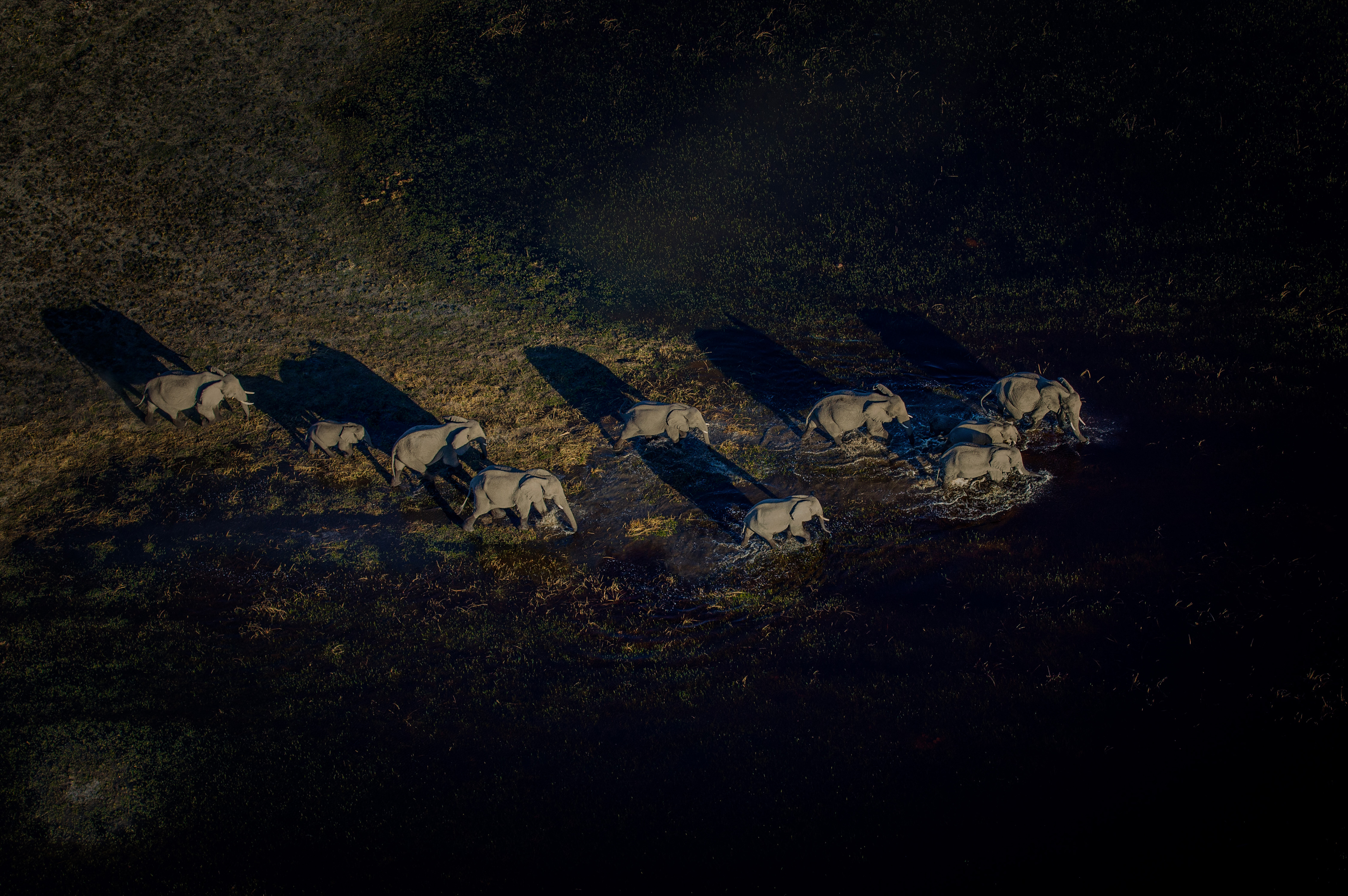All images by Steve Stockhall. Used with permission.
“It was a combination of studying the great contributors to National Geographic and spending time in the wilderness that led me to wanting to be both a guide and a photographer,” says Steve Stockhall, photographer and founder of Earth Ark Travel. Steve has quite the portfolio. He documented Prince Harry’s anti-poaching work protecting some of the destination’s last black rhinos. Plus, he’s photographed chimpanzees in Uganda and gorillas in Rwanda. It’s evident that Steve is passionate about trips that matter. Here, he offers advice for planning the ultimate African photographic safari. That includes what gear to pack and clever field tips that can be practiced at home.
Steve has been guiding photographic safaris for more than 20 years and is a board member of Elephants for Africa. He is also the editor in chief of Botswana Tourism Organization’s annual publication, Discover Botswana. As owner/photographer at Earth Ark Travel, Steve mostly runs photographic safaris. Those safaris are in Botswana, Namibia, and East Africa. Alongside the travel company, there is a small production house based in Maun. Earth Ark Productions produces promotional video content for the safari industry and certain industrial-type applications.
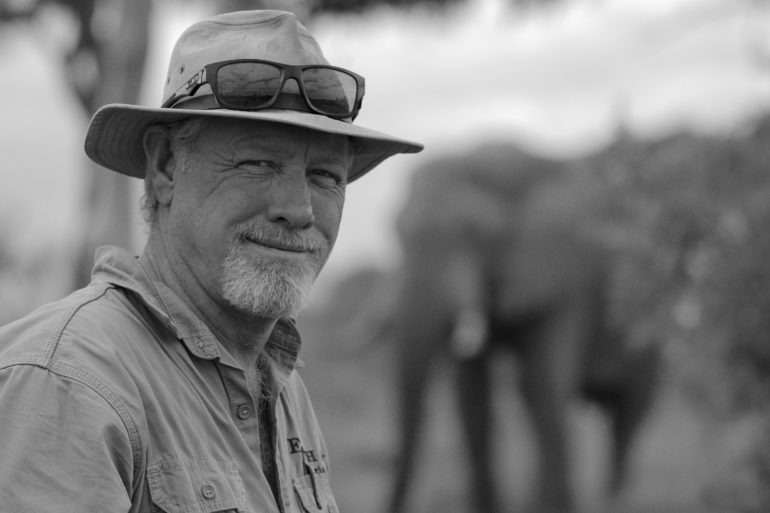
Phoblographer: Tell us how you came to live in Botswana? Did your career start as a field ranger or a photographer?
Steve Stockhall: When we were young, our parents took us on magnificent holidays to the parks and game reserves of South Africa. My father, who was a printer, would come home with stunning coffee-table books from around the globe and subscriptions to National Geographic. It was a combination of studying the great contributors to National Geographic and spending time in the wilderness that led me to wanting to be both a guide and a photographer. A trip to our birthplace in Zimbabwe in 1985 clinched it for me. I really wanted to immerse myself in all aspects of safari and photography and these choices led me to live in Maun, Botswana, on the edge of the Okavango Delta, for the past 22 years. I had found my place and with Zimbabwe to the east and Namibia to the west, I was perfectly located to fulfill all my dreams.
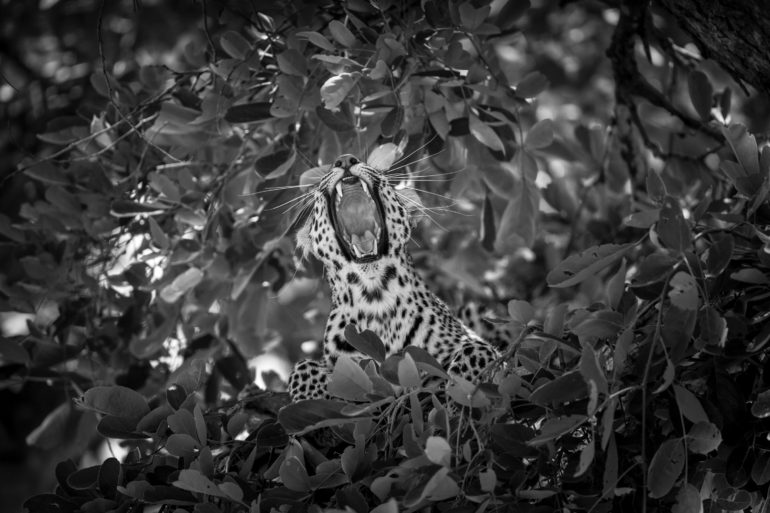
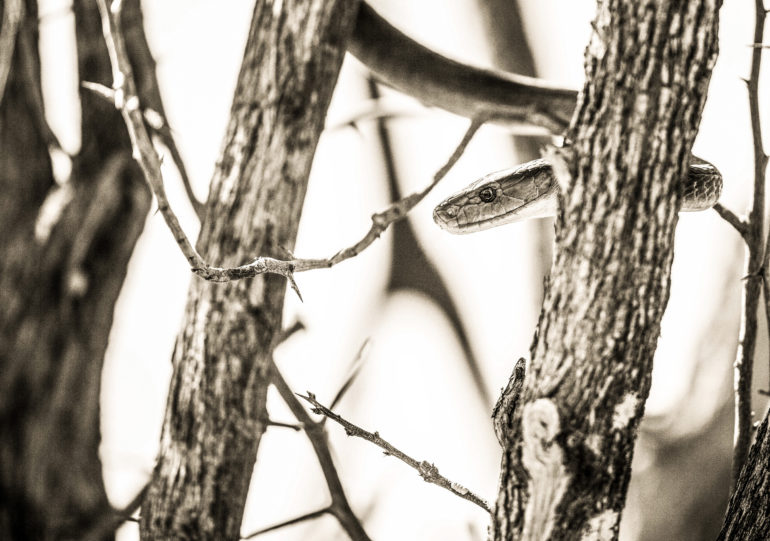
Phoblographer: Have you always photographed animals and wildlife and could you tell us how the commercial and Cameras for Conservation sides of your operation work?
Steve Stockhall: My mainstay has always been working at being a true photographic guide. Taking photographers into the wilderness to explore with our cameras and capture moments has been my greatest reward. Of course, you can’t do this job without a vested interest in conservation. Back then, people in Botswana had no access to what I had set out to achieve. We started Cameras for Conservation to run local photography competitions, nurture creative writing, involve youngsters with trips to the bush and do talks using the winning images as a platform for showcasing the beauty of Botswana. I also undertook to create a course in photographic guiding and to date have mentored over 30 guides in the country. This has certainly worked over the course of time and now as editor of Discover Botswana, I can increase the platform and commercial viability of photography to local photographers and writers.
Phoblographer: Do you have a favorite image you could tell us about?
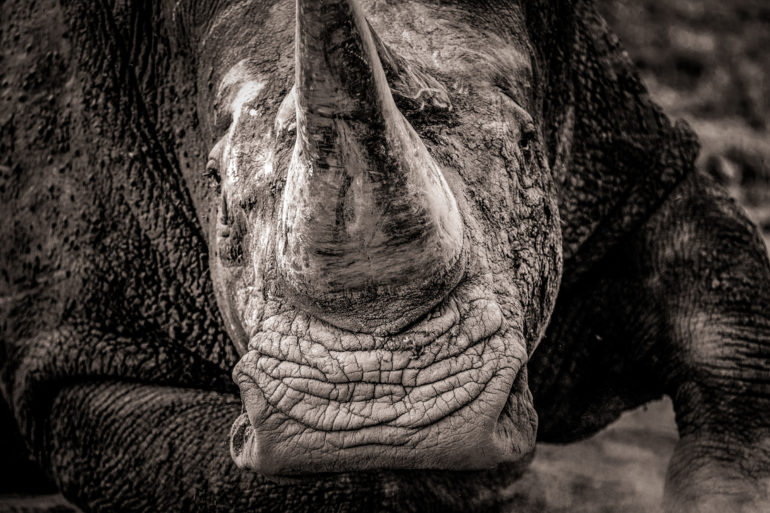
Steve Stockhall: That’s a tough one. Of course there are many with accompanying tales. Some of my favorites are from photographing the Okavango Delta from the air by helicopter. The ‘land of many rivers’, as it was described to David Livingstone, is best viewed and understood from the air. To see herds of elephants crossing vast floodplains is extraordinary. Another career highlight was spending a week photographing Prince Harry whilst darting eight Black Rhino. That was quite exhilarating, with vets, helicopter and ground crews all bettering the protection of rhinos. And Prince Harry was amazing to spend time with [while] on his own quest to help African wildlife.
Phoblographer: Tell us about the scariest moment you’ve had on safari and photographing animals. What did you learn from it?
Steve Stockhall: It is certainly interesting getting into herds of elephants or alongside prides of lions daily. And interacting like we do can sometimes lead to a dangerous situation. That is where the role of guide and photographer comes into play. There is a deep respect for our subjects and one should also be cautious on how close one should get. My scariest moment had to be working with a film crew from Japan. The documentary was on lions and buffalo and the two resident male lions were extremely aggressive towards our open-top vehicle. They would come out of nowhere, charging at us and stirring up dust. Their deep growls sent shivers down my spine. These interactions are pretty rare and there was good reason for their behavior. Both had been relocated out of farming areas and had experienced the aggressions of the farmers. They simply did not like people.
“Prince Harry was amazing to spend time with [while] on his own quest to help African wildlife.”
Phoblographer: What can a first-time traveler expect from a photographic safari?
Steve Stockhall: Here in Botswana, one can expect a lot of subject matter. Birds, mammals and landscapes really keep us busy all day long. We like to travel in small groups in our private tented camp that moves with us. The crew takes care of everything leaving us to optimize our time with the wildlife. You can expect early morning wake ups and getting out there at first light. I do agree that the light scenarios in the early morning and late afternoon are prime for photography, but there is also plenty of light to work with to enjoy photographing through most parts of the day. There is a degree of tutoring and editing along the way as well as some night sky photography.
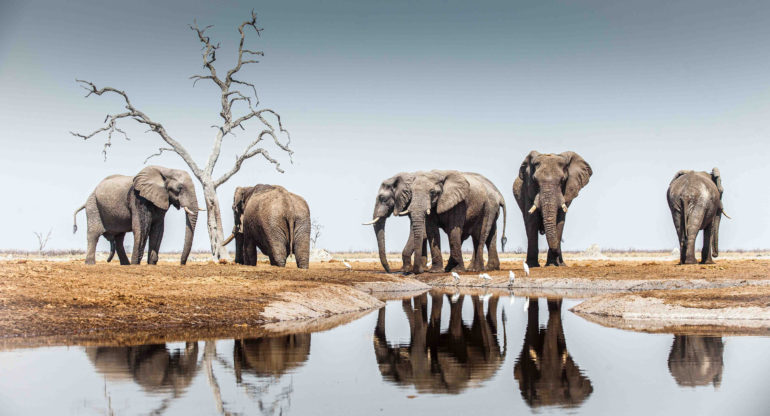
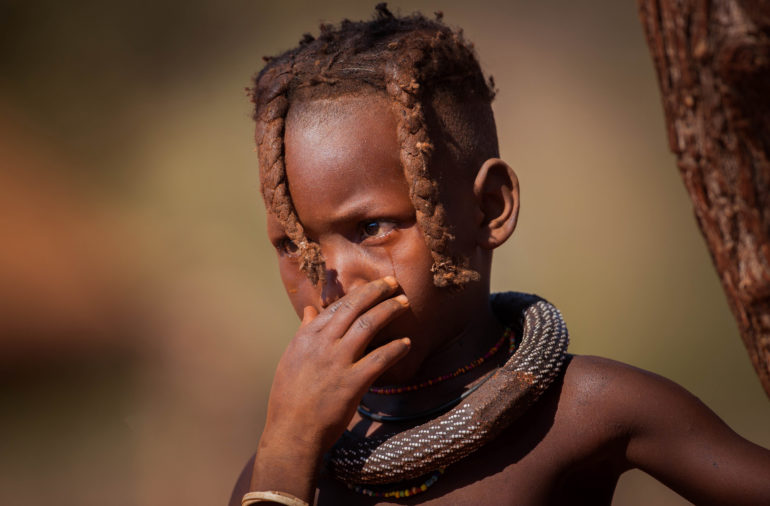
Phoblographer: Do you have any tips on getting the most from a photographic safari (including how to get our hands on a copy of your book,Wildlife Photography in Botswana: a practical guide)?
Steve Stockhall: We did the book a few years back to enhance the traveling photographer’s experience in the country. There are not many of the 5,000 that were printed left, but we do have some stock in Botswana. Pre travel, and this may sound odd, but spending time photographing domestic cats and dogs can help a lot. These scenarios will help you steadily track running animals in the case of dogs and also to work on portraiture. Being familiar with the camera’s functions and knowing how to change settings quickly is key to getting the shot. I also like to spend time working the exposure compensation as this can lead to being far more creative in the field.
Phoblographer: You’ve also been trekking for chimpanzees in Uganda. If you were planning the ultimate Africa itinerary, what destinations would you choose?
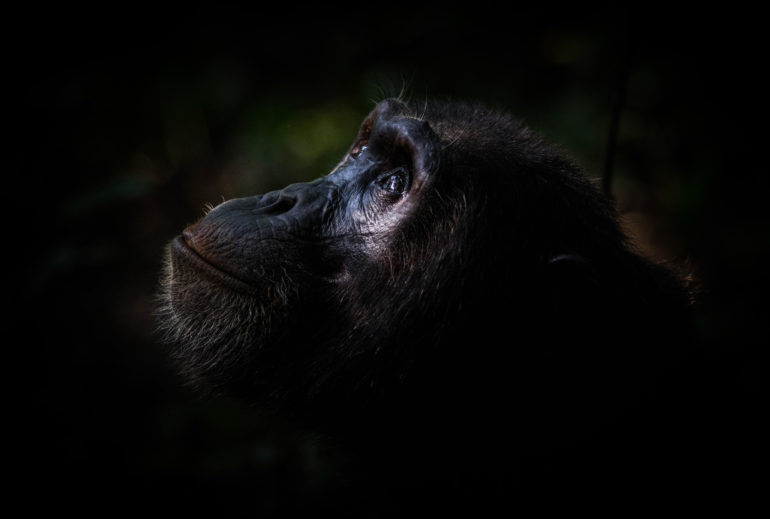
Steve Stockhall: I have been to see both the chimpanzees and gorillas in Uganda, [and done] a gorilla trek in Rwanda. It is definitely one of the most rewarding wildlife trips… Many African countries have spectacular destinations – East Africa with its Serengeti Plains and the Massai Mara is an epic place to start. And one can easily get to Uganda to see chimpanzees and gorillas.
I would allow for at least two weeks to explore but the more time you can afford, the better. Southern Africa has gems like Namibia, which is awesome for landscapes and culture, Botswana’s Okavango Delta, Chobe River and the Kalahari and Zimbabwe’s Mana Pools and Hwange are just a few. Researching the various options is key, as well as knowing the best time of year to go. Engage with someone like myself for advice and expectations.
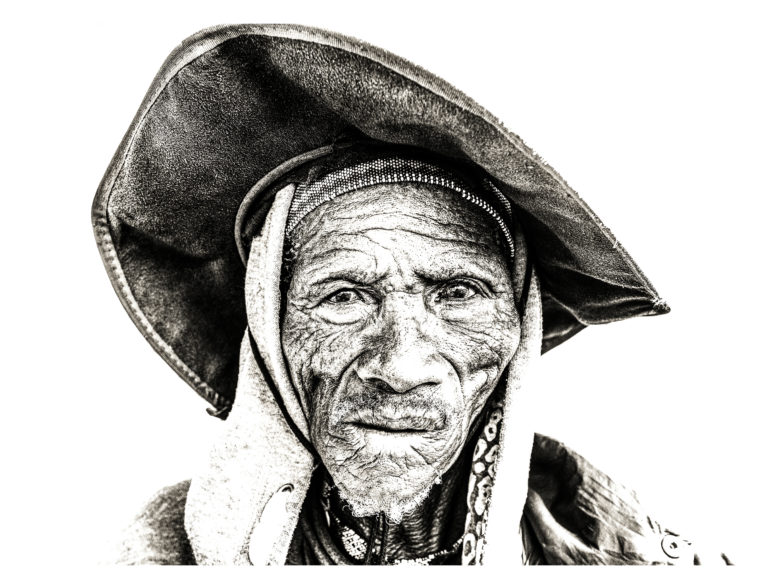
Phoblographer: What is typically included in the rate? What about travel insurance and cover for gear?
Steve Stockhall: Our expedition-style safaris are all-inclusive of meals, drinks, park fees and private guide. Most lodges in Botswana offer all-inclusive rates, too. Travel and medical insurance is an absolute must. In fact, it is a prerequisite when traveling with us. Part of our job is to ensure safety [and to know] locations of medical facilities, embassies, etc.
Phoblographer: Tell us about some of the ways your work benefits the people and animals of Botswana?
Steve Stockhall: Visitors to these last remaining wild spaces contribute significantly to keeping the land under wildlife. The economic viability of the land is constantly weighed up by various governments to ensure that the land works for the country. Obviously, tourism is extremely valuable to this equation in terms of foreign revenue earnings, wildlife protection and job creation. Revenue from wildlife should be channeled into conservation and protection in an ideal win-win situation. As long as travelers are visiting, there is much incentive to keep the model and protection in place.
“Being familiar with the camera’s functions and knowing how to change settings quickly is key to getting the shot.”
Phoblographer: Is there such a thing as a golden hour when you’re photographing in the bushveld? What advice do you have for visitors when they engage with locals and tribespeople? What etiquette do you insist on?
Steve Stockhall: Golden hour and the blue light just after dusk are stunning times to be photographing. Saturation and contrast really peak making for great photography. As far as people are concerned, being very polite and engaging with the people first before photographing are key. I have visited and photographed a number of bushman groups in Botswana as well as the Himba people of northern Namibia. It is always a joy to be amongst these folk. Showing people some of your images allows you and your subject to share the experience. Better yet, do try and get some of the images printed and sent to whomever it was you spent time with.
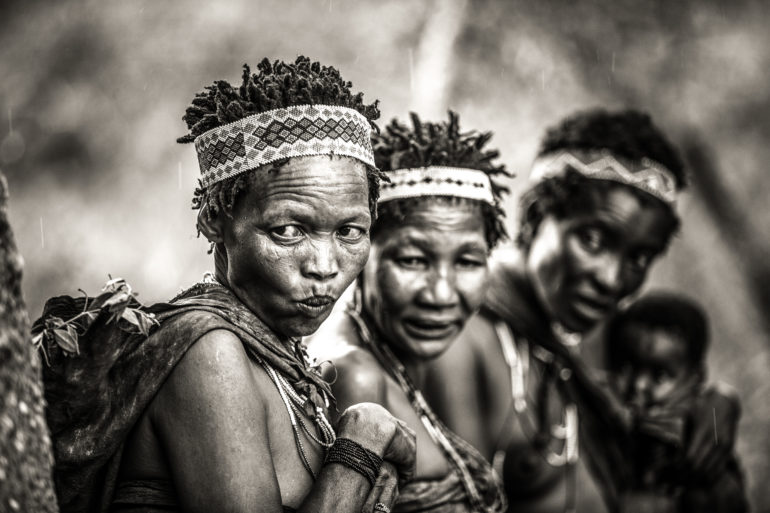
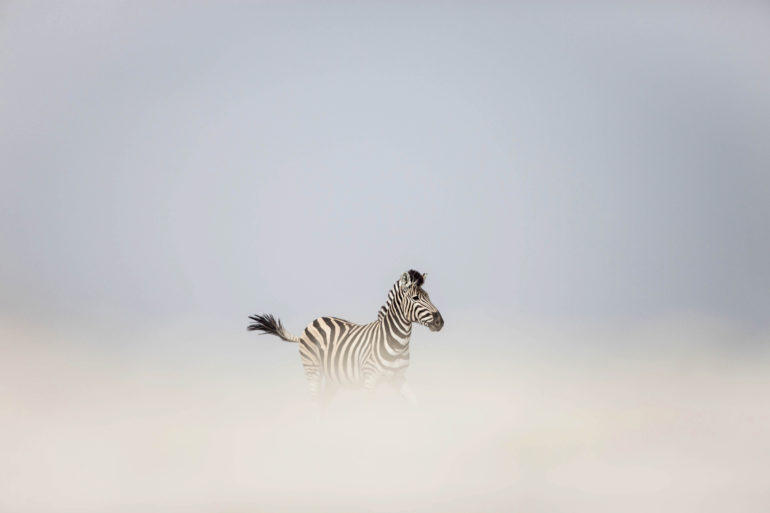
Phoblographer: Is there any gear or piece of equipment a photographer on safari shouldn’t do without?
Steve Stockhall: I would say that if you can, travel with two bodies. This is so that you can have a wide lens on one and a zoom on the other. But it also helps if one of your bodies malfunctions. I like to carry a range of lenses – 16 – 35mm, 70 – 200mm and a 100 – 400mm lens. These lenses are easy to get through airports and to haul around with you whilst traveling. Also consider a means to back up your images whilst traveling if you can. Card failure does sometimes occur.
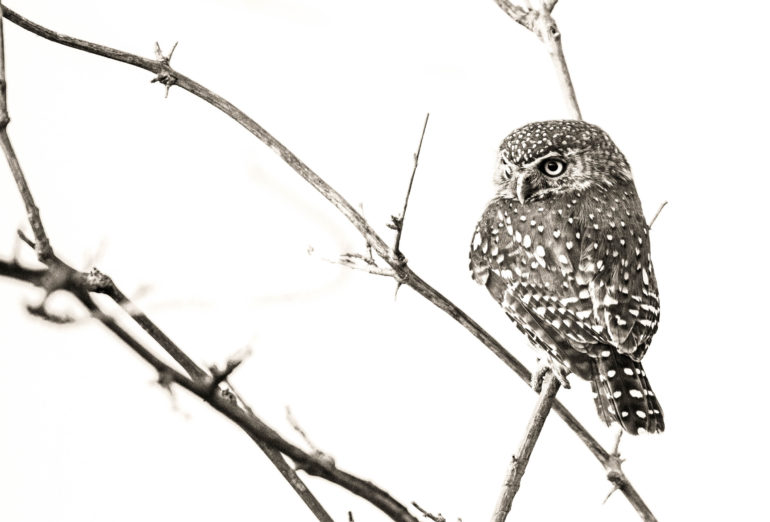
Phoblographer: Has Covid-19 given you extra time to plan any new special projects?
Steve Stockhall: Oh yes! This period on Earth has certainly given us time to contemplate other projects and destinations, learn more skills and do lots of things that there simply was no time for. A lot of our energy has gone into honing our short promotional video content as well as video editing. It has also given us the luxury of time to edit stills and think of better ways to photograph our environment.
Phoblographer: Your young son, Elliott, has been featured in your work from time to time. How has his arrival changed how you see and photograph your environment? What’s it like to share those wildlife encounters with him?
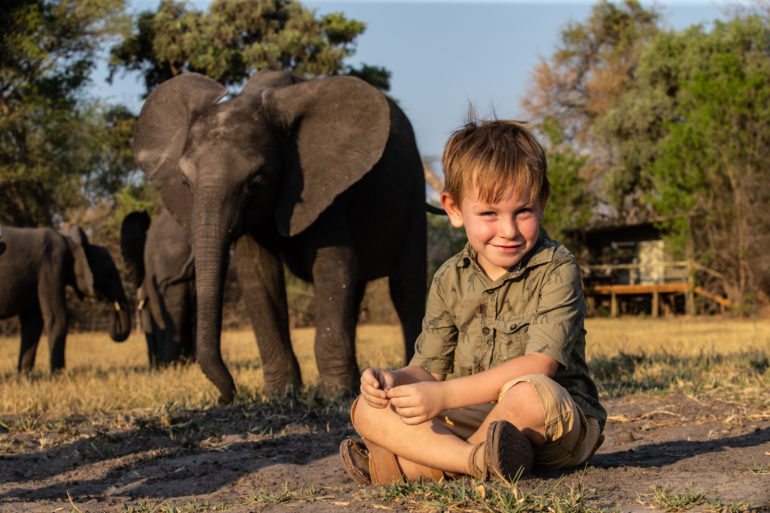
Steve Stockhall: Elliott is now five and learning a lot about animals. He has his own camera and is slowly starting to embrace photography. He loves going to the bush to see all the animals and his (current) favorite is rhinos. At home, he spends lots of time drawing and coloring animals. He could well be a photographic guide in the making! Lastly, getting images of him growing up is very special to me. These tell a story of his life and will be wonderful to look back on as he gets older.
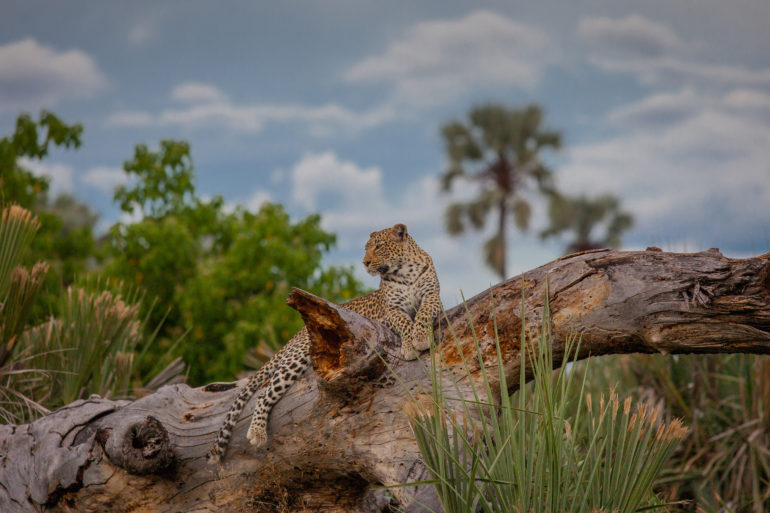
Phoblographer: In the past year, what has been the happiest moment you’ve experienced while photographing in the wild? Can you tell us the story?
Steve Stockhall: Although trying to get a good image is no easy task, my job involves being with people from all walks of life. My happiest times and rewards are simply seeing people grow as photographers and getting excited about getting an image right. I believe that wildlife photography is a wonderful means of expression, but it also carries a message of conservation. This is one beautiful planet, rich in life in many shapes and forms. I must do my bit to help protect it for Elliott and his generation’s sake.
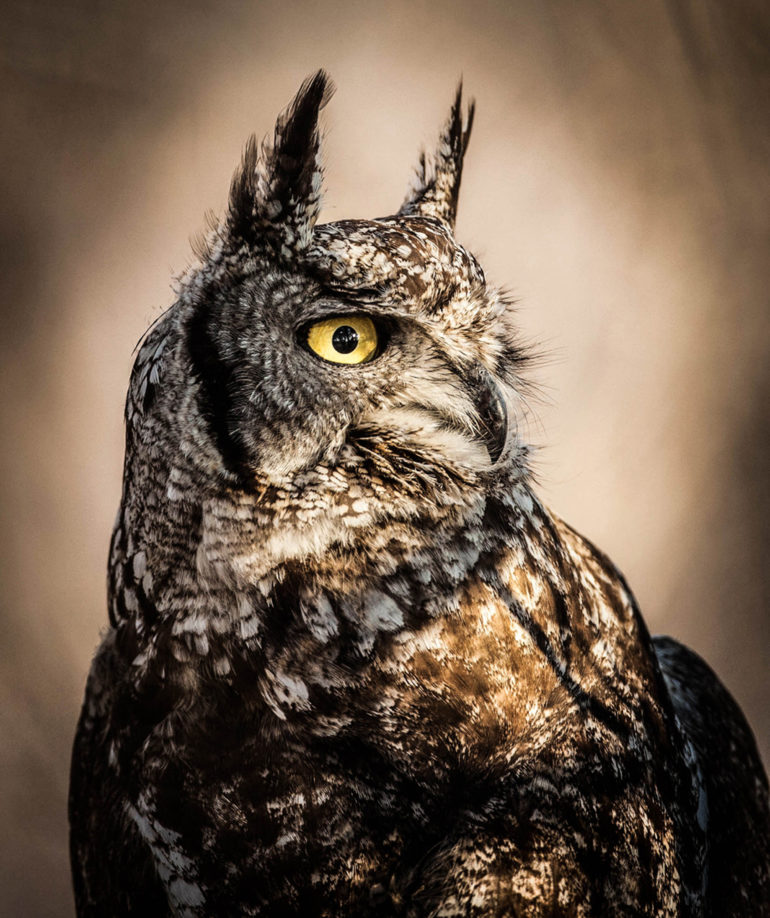
To find out more about Earth Ark Travel, Steve’s work in conservation and other projects, visit the Earth Ark Travel website and Instagram page, Earth Ark Productions‘ website or Cameras For Conservation.


